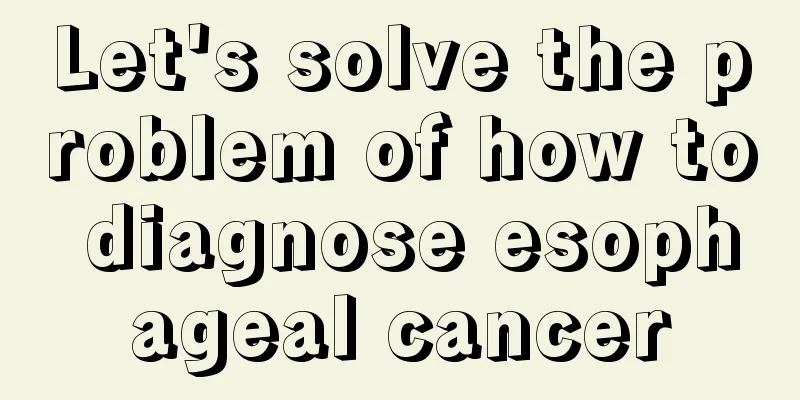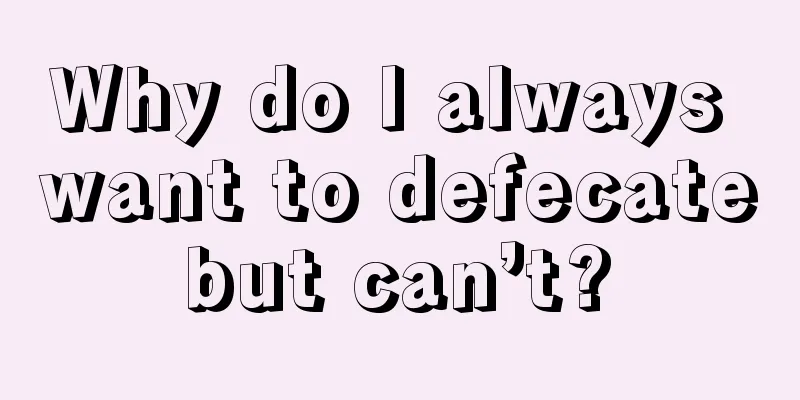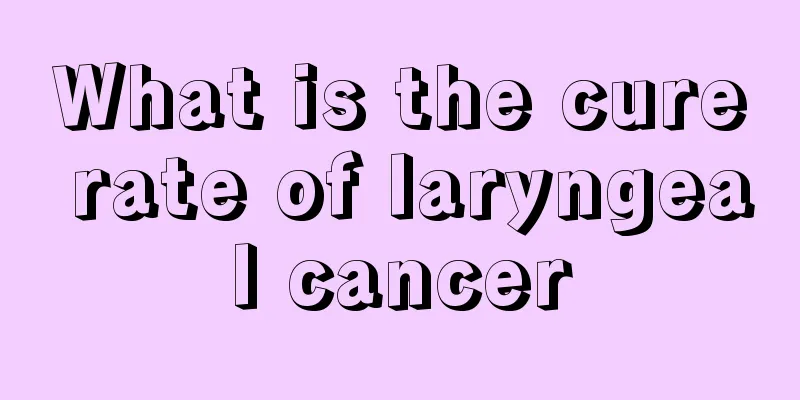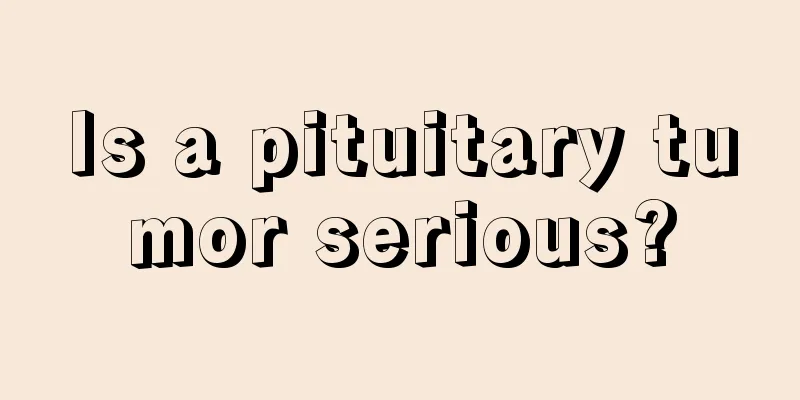Let's solve the problem of how to diagnose esophageal cancer

|
The diagnosis of esophageal cancer is something that many people do not understand. Everyone needs to know more about the diagnosis of esophageal cancer. Now, let the experts discuss with you what the diagnosis of esophageal cancer is. I hope it can help everyone better understand the diagnosis of esophageal cancer . (1) Esophageal barium meal examination: The diagnostic examination of esophageal cancer can observe the peristalsis of the esophagus, the relaxation of the esophageal wall, changes in the esophageal mucosa, esophageal filling defects and the degree of obstruction. Esophageal peristalsis cessation or reverse peristalsis, local stiffness of the esophageal wall that cannot fully expand, esophageal mucosal disorder, interruption and destruction, esophageal lumen stenosis, irregular filling defects, ulcers or fistula formation and esophageal axial abnormalities are all important signs of esophageal cancer. Hypotonic double contrast is more effective in detecting early esophageal cancer than conventional contrast. (2) Esophageal CT examination: CT examination can clearly show the relationship between the esophagus and the adjacent mediastinal organs. The normal esophagus has a clear boundary with the adjacent organs, and the thickness of the esophagus does not exceed 5mm. If the thickness of the esophageal wall increases and the boundary with the surrounding organs is blurred, it means that there is an esophageal lesion. CT examination can also fully show the size of esophageal cancer lesions, the scope and degree of tumor invasion. At the same time, CT examination results can also help determine the surgical method and formulate radiotherapy plans. In 1981, Moss proposed the CT staging of esophageal cancer: Stage I: The tumor is confined to the esophageal cavity, and the thickness of the esophageal wall is ≤5mm; Stage II: The esophageal wall is >5mm; Stage III: The esophageal wall is thickened, and the tumor extends to adjacent organs, such as the trachea, bronchi, aorta or atrium; Stage IV: The tumor has distant metastasis. However, the value of esophageal CT in detecting early esophageal cancer is limited, which is the diagnosis of esophageal cancer. The above content is the diagnosis of esophageal cancer introduced by experts. Please pay attention to it. I hope it will be helpful to you. If you have other questions about the diagnosis of esophageal cancer, please consult online experts and they will give you detailed answers. |
<<: Let me tell you about the complications of esophageal cancer
>>: The cause of esophageal cancer is related to the following factors
Recommend
Waist and abdomen core strength training method
Recently, many people's fitness is not very g...
Irregular menstruation is usually the first early symptom of cervical cancer
The early symptoms of cervical cancer are usually...
How to wash your hair with baking soda
Baking soda is actually the alkaline flour we oft...
The hazards of egg boilers
Eggs are a nutritious product suitable for all ag...
Can pancreatic cancer be passed on to children?
The incidence of cancer is increasing year by yea...
What virus infects cervical cancer
Cervical cancer may be caused by certain viruses,...
What foods are incompatible with chestnuts
Chestnuts are a type of nut that people like to e...
What is protein in the human body like?
In biology, proteins are important components of ...
Elbow protrusion
Elbow protrusion is medically known as cubitus va...
The cause of the face always getting red and hot
Some people's faces are always red and hot. S...
Skin itching without symptoms
In life, many people often feel itchy skin. Most ...
Which department should I visit first for liver cancer diagnosis? Things to note when caring for liver cancer
As we all know, liver cancer is one of the common...
Why does nail polish bubble up
Women all love beauty very much, and there are ma...
Is Henoch-Schonlein purpura serious?
Allergies are a very common problem. Allergies ar...
What are some tips for removing the yellowing around the mouth?
To remove the yellowing around the mouth, you can...









